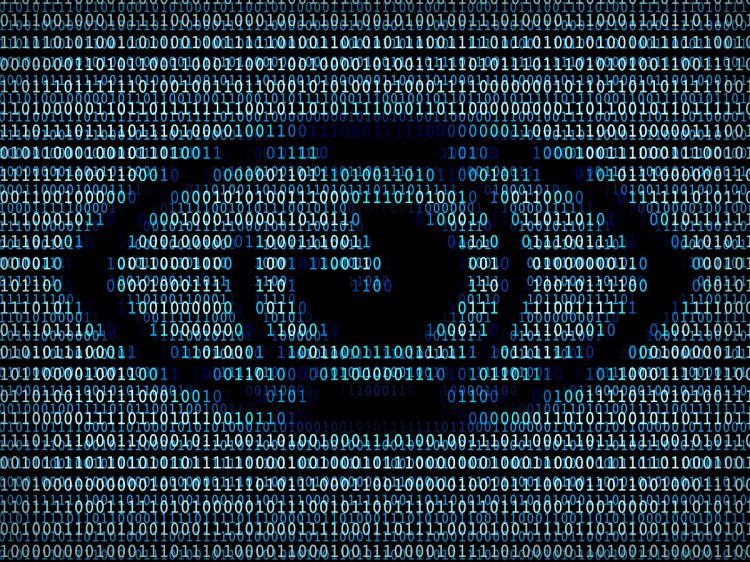It’s fascinating to recall the development of artificial intelligence over the past decade, but the best is yet to come. As we prepare to move into 2018, there are lots of exciting developments coming down the pipeline, especially for AI-enhanced video surveillance.
Researchers have clearly documented advances in machine learning and AI over the years. Whether it’s IBM’s Watson winning a game of Jeopardy against some of the smartest people in the world, a Chinese platform outperforming humans on IQ tests, or Google’s AI writing its own poetry, there are dozens of examples of the greatness of AI technology.
However, until now, the accomplishments of AI have been more interesting than helpful. Times are changing, though. In addition to major breakthroughs in the fields of medicine and health care, the security industry is seeing some positive developments coming down the pipeline. Specifically, new advances will improve video surveillance.
What specific advances will we see? Let’s check out a few of them.
June 5th: The AI Audit in NYC
Join us next week in NYC to engage with top executive leaders, delving into strategies for auditing AI models to ensure fairness, optimal performance, and ethical compliance across diverse organizations. Secure your attendance for this exclusive invite-only event.
AI that overcomes human deficiencies
“One problem for surveillance operators is directed attention fatigue,” entrepreneur Bob Beachler explained. “The brain naturally alternates between periods of attention and distraction. In surveillance, distractions can result in dire consequences. So, what if we could have a surveillance system that didn’t ever get distracted, one that worked with humans to cut out the errors? That’s the promise of artificial intelligence in video surveillance.”
While video surveillance technologies have historically recorded footage and allowed people to observe it when they want, it’s never been able to tell human operators, “Hey, that doesn’t look right!” Other than motion detection, which often produces false alarms, there haven’t been any features that actively compensate for the human brain’s psychological shortcomings.
Just last year, machine-vision developer Movidius and security hardware manufacturer Hikvision announced their intentions to partner together and produce a new line of cameras equipped with deep neural network AI that will notice when something sketchy is happening and provide real-time alerts.
A practical example of this would be monitoring a store and taking notice when the same person hangs around and/or returns to the same spot multiple times within a given timeframe, possibly casing the property for a burglary. The camera would spot this behavior — something a human camera operator might not have noticed — and send out an alert for further investigation.
Superior facial recognition
Camera footage is often painstakingly reviewed after crimes have been committed in order to find out who the possible perpetrators are. Unfortunately, people can only be identified if someone recognizes the individual on the screen. Advanced AI software like MegaFace is hoping to change this.
The MegaFace project is a project from the University of Washington. It was trained on a dataset of nearly 5 million images of some 672,000 people sourced from Flickr. In tests, the system has a 75 percent accuracy rate in matching two images of the same person in separate datasets of 1 million facial images. When given the chance to guess 10 times, the accuracy rate improves to 90 percent.
Clearly, there’s a ton of potential value in a facial recognition system that could work in conjunction with video surveillance. It could help law enforcement spot individual faces within crowds of people, which might help track down criminals — or even prevent a crime from happening in the first place.
Real-time response to crimes
There’s hope that some of these newer AI surveillance systems will be able to spot crimes in real time. For example, the Movidius system can actually spot unattended objects. A practical application would be for airports and train stations. Cameras can identify unattended bags, track how long they’re left alone, and send out a warning for on-site security personnel to look into suspicious activity.
Another example is a camera system that’s been trained to spot the body language and motions that shoplifters use prior to and during a theft. When these behaviors are recognized, security teams could deploy staff to check the situation.
AI and the future of video surveillance
AI has so much potential in many industries and niches, but it’s hard to ignore just how transformational it could be in the security field. Whether it’s businesses monitoring stores, homeowners protecting their personal property, or law enforcement identifying criminal behavior, the applications are many.
It’ll be quite exciting to see what developments unfold over the next few years.
Larry Alton is a contributing writer at VentureBeat covering artificial intelligence.


